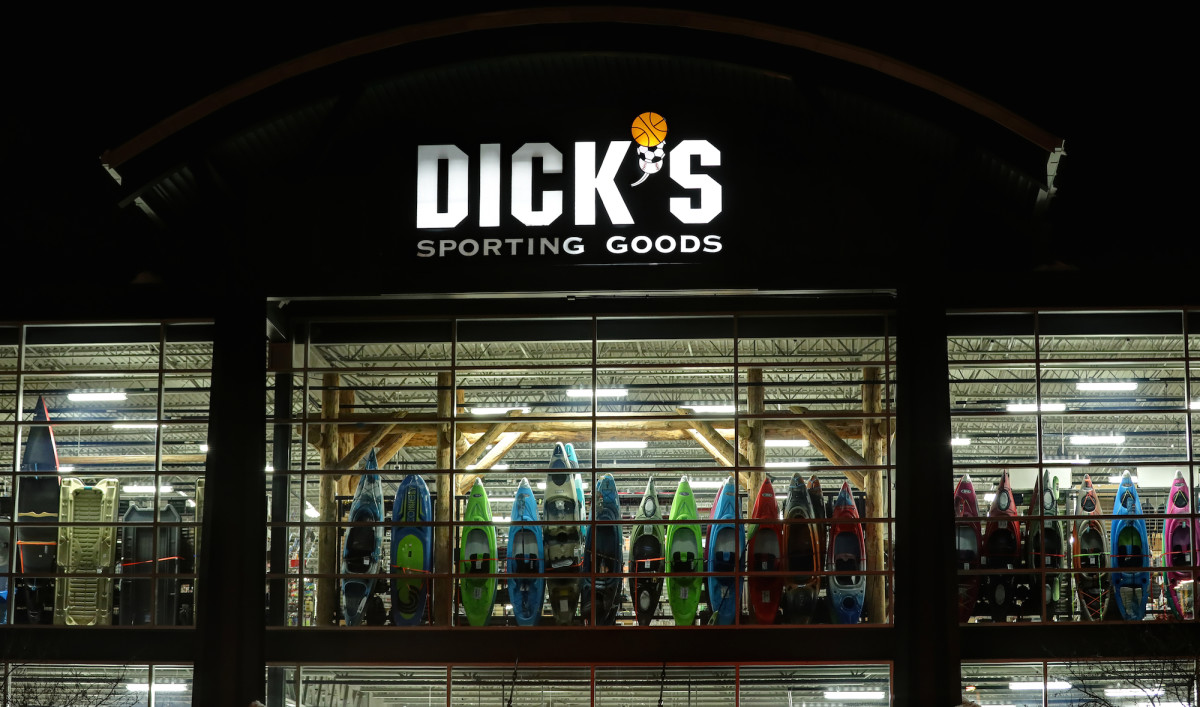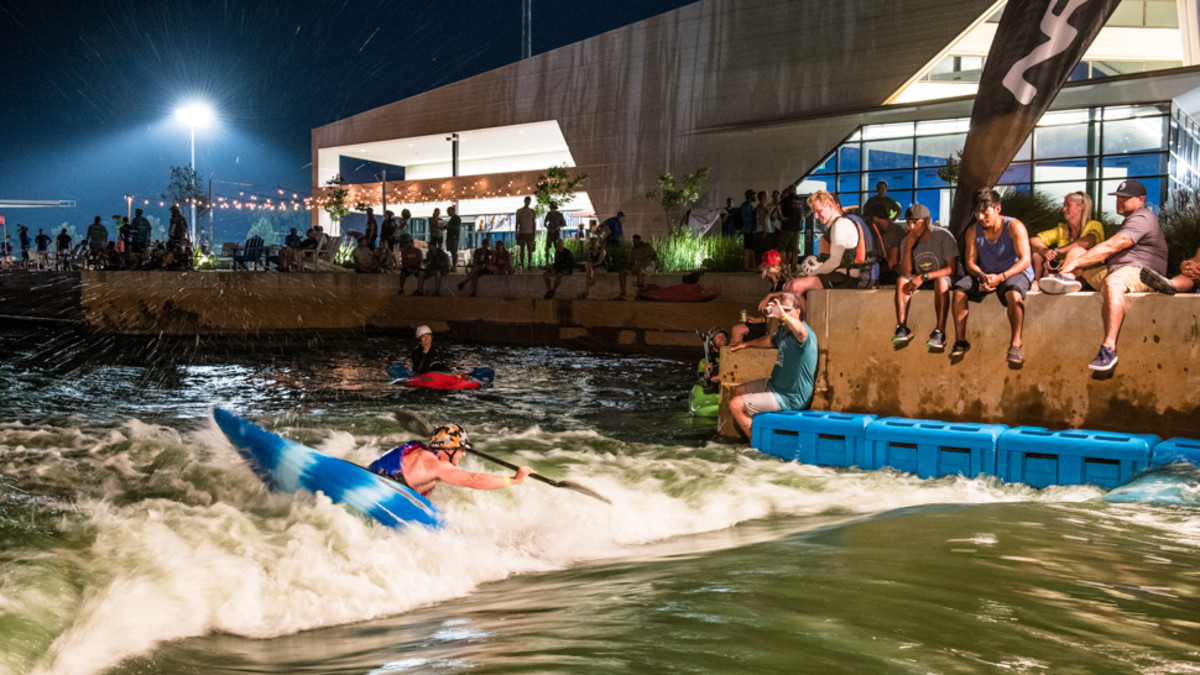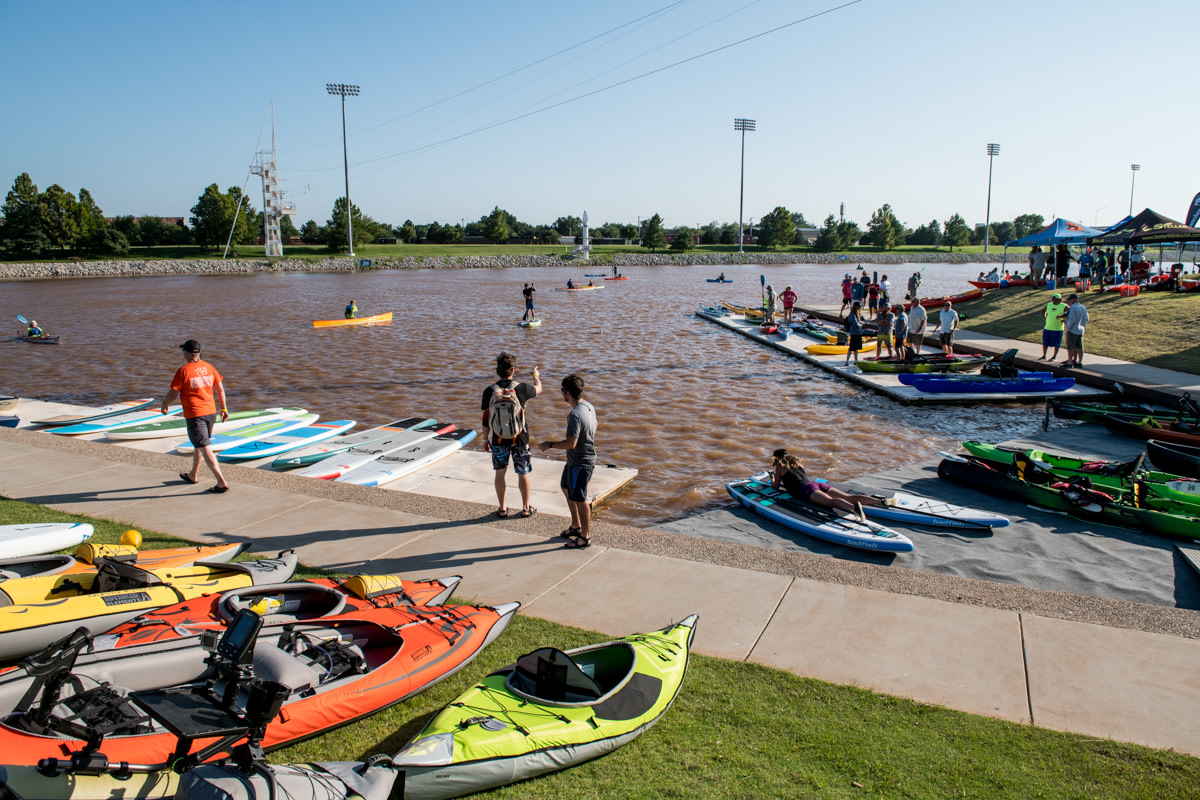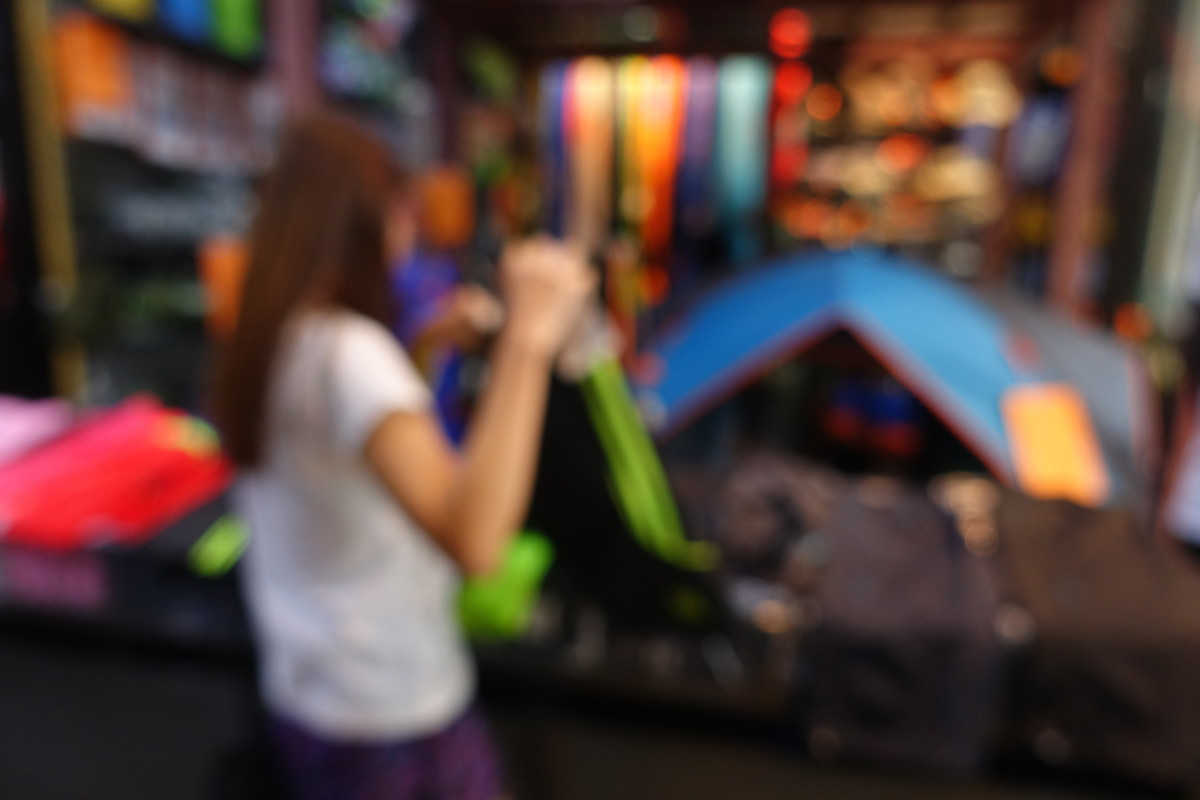While it’s certainly nice to go online and have your favorite piece of outdoor gear delivered to your doorstep in just days, your favorite outdoor shop down the road is suffering the consequences.
As big-box retailers like Walmart and e-commerce giants like Amazon continue to court the outdoor space, traditional brick-and-mortar outlets — long beloved for fostering the outdoor community — are feeing the squeeze. The latest casualties: Mountain Gear, a 37-year-old outdoor gear shop in Spokane, Wash., as well as Adventure 16, a 57-year-old California specialty retailer that threw in the towel for its last two remaining outlets this fall. (At its peak it ran seven stores as well as an online operation and wholesale distribution firm.)
Joining it are countless other mom-and-pop retailers who have abandoned the retail sales ship, from ski shops to paddlesports stores, as well as such larger outdoor giants as Gander Mountain, Sports Authority, Sports Chalet and Eastern Mountain Sports. All this spells trouble and changing buying patterns for the end consumer.
“The health of specialty retailers is very important for consumers and their participation in these outdoor sports,” says Steve Osborn, director of merchandising for Seattle-based Evo, an outdoor retailer with four brick-and-mortar stores as well as an online service. “The sales model is constantly changing but the importance of the consumer experience and good service is constant.”
Specialty retailers, he adds, are vital for growing the sport. “They offer deep product knowledge, incredible service and, perhaps most importantly, the feeling of being part of a bigger community, which big boxes and straight e-comm businesses simply can’t,” he says. “Building that community has always been a cornerstone of who we are.”

This “community” aspect has also been jeopardized lately in the trade show side of the equation, a long-running part of the business where manufacturers showcase their new wares to retailers. The expense involved for specialty retailers to attend and the booth space and travel costs for tariff-strapped manufacturers is simply becoming too prohibitive.
Within the past few years, the bicycle industry lost its stand-alone trade show, the paddling industry launched its own small show, and the ski industry cancelled its trade show to join forces with the annual Outdoor Retailer (OR) Winter Market trade show. Organizers of the venerable OR trade shows, meanwhile, have juggled show times and reinvented themselves to better cater to the soft goods market, which has different deadlines and needs than hard goods.
The latest monkey wrench: organizers of the two-year-old, stand-alone Paddlesports Retailer trade show in Oklahoma City recently announced the new Big Gear Show, slated for Salt Lake City July 21-25, 2020, emphasizing such hard goods as paddling, biking, climbing and camping. This, despite the fact that Outdoor Retailer pulled its trade show out of Salt Lake City in 2017 to move it to Denver, after disagreeing with Utah’s stance on public lands.

What a tangled web we weave.
“I’m not sure if the advent of the Big Gear Show is indicative of the health of the specialty retailer sector, but brands definitely care about getting in front of the right specialty retailer,” says Wes Allen of longtime Wyoming outdoor retailer Sunlight Sports.
Show organizers says the new show fills a vital need. “We’re starting this show for hard goods manufacturers, innovators and industry start-ups who don’t have the profit margins to afford expensive trade shows,” maintains show co-founder Sutton Bacon. “Our show is about the future and not the past.”
One big change for the new show from those in the past is that it will also offer a consumer component. The show’s first three days will be reserved for specialty outdoor retailers, but its final day will be open to the general public, letting consumers walk the show floor to preview next year’s hottest gear while hob-knobbing with reps and sponsored athletes.
“The Big Gear Show including a consumer day is a great step,” says Evo’s Osborn. “We see a lot of buzz online when new product releases from shows make their way onto social media channels. Letting consumers test the latest products will only up the excitement and lead to earlier demand.”
So far, OR executives remain nonplussed about the rival show. “We don’t have enough information about the concept yet, but what we do know is that the industry experience is about more than gear,” says Marisa Nicholson, Outdoor Retailer senior vice president and show director. “The outdoor industry is diverse – including specialty retailers, advocacy organizations, gear manufacturers, sustainability experts and more. In the end, we all benefit from coming together to support the success of the entire industry.”
Retailers perhaps will be the hardest hit, now either forced to pony-up for attending two shows barely a month apart — OR in Denver and Big Gear Show in Salt Lake City — or decide between the two. Then again, it also presents alternatives.
Sunlight Sports’ Allen says he plans to send buyers to both shows. “There are a lot of choices right now, which is good for us as a specialty retailer,” he says. “We can send some people to one show and others to another. It lets us split people up. But it’s harder for an exhibitor that has to finance attending both.
“It’s an interesting economics experiment right now,” he adds. “If you ask 10 different people what they want out of a trade show, you’ll get 10 different answers.”
In the past, trade shows used to be for writing orders. Now that model has changed somewhat.
“Trade shows are still useful, though they’re diminishing in terms of sales,” says Peter Hall, who owns SUP manufacturer Hala Gear, a brick-and-mortar retail store and recently purchased online retailer Colorado Kayak Supply (CKS). “The big things happening at shows have to do with networking and new materials, and less with sales and showing new product to retailers.”
One new category at the Big Gear Show will be bicycles, whose industry saw their trade show fold a year ago. As the biking industry’s official 2020 trade show, the new show is endorsed by the National Bicycle Dealers Association, which represents more than 1,100 independent bike stores which, for the first time, will share the floor with other outdoor categories.
“Not having the space to connect yearly has left a tremendous void,” says NBDA President Brandee Lepak. “We love networking, that it’s mostly focused on hard goods and that it’s going to be put on by retailers, for retailers.”
The show’s exhibitor model reduces costs for hard goods manufacturers and start-ups that don’t have the margins to afford more expensive mainstream trade shows. It offers similar savings for retailers. All this is attractive to manufacturers and buyers, despite the show further splintering the industry.
“I like the concept and feel it is very progressive,” Jason Lawrence, owner of sales agency Water Mountain Sports, told industry trade magazine Snews. “I love the fact that consumers can buy products directly from the companies. On the flip-side, timing is everything and this is three weeks after Outdoor Retailer, which might have a huge impact on brand’s participation, but not necessarily consumers.”
Which brings up perhaps the new show’s most unique feature: the final-day consumer show, something long absent from conventional trade shows. Organizers also promise ample outdoor and on-site demo opportunities for paddling, biking, climbing and camping.

“Consumers are a missing but crucial voice in the industry,” says Sutton. “The consumer day will be a brand showcase, giving small and upcoming start-ups unparalleled access to consumers and industry media. And consumers will be able to connect with grassroots gear companies they’d otherwise never see.”
The new show embracing consumers also dovetails on another trend of manufacturers selling direct online and even opening their own brick-and-mortar outlets. Companies like The North Face, Patagonia, Marmot and more are opening storefronts to get their goods in front of consumers directly, a role previously reserved for specialty retailers.
“A lot of brands have invested in a direct sales model, and a lot are opening their own stores,” says Sunlight Sports’ Allen. “But it’s still way cheaper to have your brand presented well with an existing specialty retailer than it is to build your own store.”
As for the future — of both outdoor trade shows and retail — he says there could well come a turning point. “It will be interesting to see what brands’ strategy will be for engaging specialty retailers moving forward,” he says. “But I think you’ll see brands swing back toward them.”

Want more proof of how important specialty retailers are to consumers? Earlier this year when E-commerce giant Backcountry.com went on a vendetta suing companies who were using the word “backcountry” in their names, consumers and the industry rallied around such companies as outdoor education firm Backcountry Babes, Michigan’s Marquette Backcountry and Colorado’s Cripple Creek Backcountry who were among those being targeted. Within days, a Boycott Backcountry.com Facebook page emerged, swelling to more than 22,500 members, and a GoFundMe page was founded to support them. (Backcountry.com later apologized and started making amends.)
Regardless, even with their about-face and new Big Gear Show’s new consumer component, it’s clear that the way end-users are learning about and purchasing their outdoor gear is changing. Your best bet? Head down to your nearest outdoor retailer and give them your business … and a giant bear hug.
from Men's Journal https://ift.tt/39NhIQe
No comments:
Post a Comment